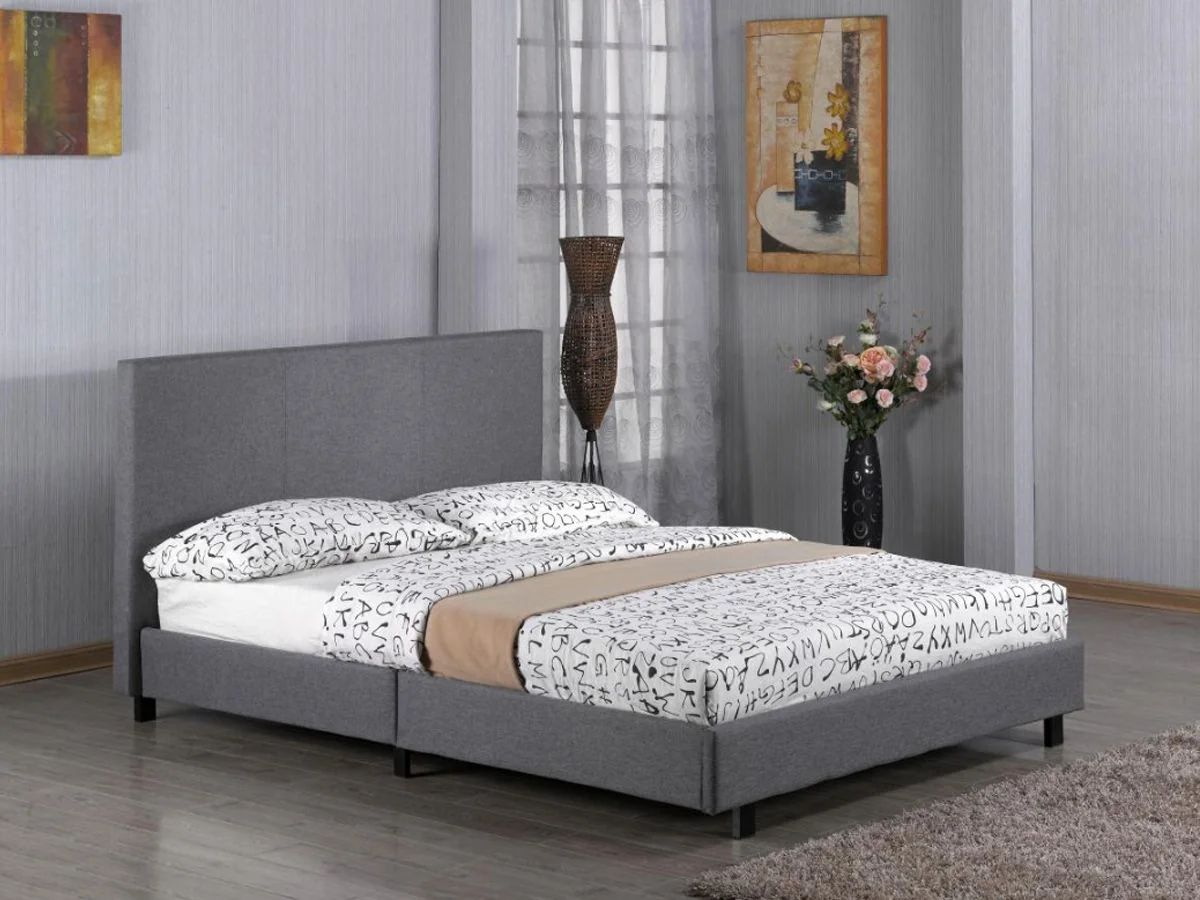Sleep Talk Blog, Bed and Mattress Guides
Low, high, or something in the middle – what’s the best bed frame height?
What’s the best bed frame height
As you drift off to sleep each night, chances are you rarely contemplate the elevation of your mattress. Yet the height of your bed frame impacts everything from your ability to climb comfortably under the sheets to the optical illusion of spaciousness in your bedroom.
When shopping for a new bed frame, deciding between a low platform frame hovering just inches above the floor versus a loftier frame can seem like a decorative whim. But the right height for your lifestyle and space can mean the difference between struggling to hoist yourself up each morning or sliding blissfully into bed each night.
Low bed frames
Low bed frames are one stage above just plopping your mattress on the floor and being done with it, sitting less than 20cm off the floor.
For many, low-platform beds and mattresses positioned close to the floor bring a clean, contemporary aesthetic to the bedroom. The room can feel more streamlined and spacious without space under the bed.
Lower beds also encourage lounging and relaxation. Something about climbing onto a mattress barely off the floor is inviting, almost like climbing into a nest. The experience harkens back to childhood days of blanket forts.
Low platform beds maximise vertical space and make rooms feel bigger in small apartments and condos with height restrictions. They work exceptionally well when decorating loft spaces or converting basements into cosy sleeping nooks.
Low bed frames suit younger aesthetics, from college dorm rooms to first homes and apartments. Minimalist, Japanese-inspired bedrooms lean on this pared-down look as well.

The downside to low bed frames is they are more challenging to get out of if you are tall or have lower back problems. They can also make a bedroom feel like a student dorm.
High bed frames
While low-platform beds prioritise aesthetics, high bed frames aim for practicality and accessibility first. For individuals managing chronic pain or mobility limitations, a higher mattress means getting in and out of bed requires less effort and strain.
A standard bed height of 50-70cm positions the top mattress at hip level for most adults, reducing the need to bend down or hoist oneself up.
High frames with built-in storage drawers increase the top mattress for less physically demanding access.
Even non-disabled individuals can benefit from the ease of sliding straight under the sheets instead of kneeling on a low platform.

High bed frames create space for storage, allowing you to tuck plastic bins or baskets underneath to maximise square footage. The taller frame also opens the door to ottoman beds, which offer unparalleled storage space.
Depending on your goals for childproofing and pet-proofing, taller beds keep expensive mattresses safely out of reach of human and furry little ones.
The downside to high bed frames is they take up more visual space, and some people find them too old-fashioned in modern rooms. If your bed frame + mattress is too high, you can also have to jump into bed – literally!
A bed frame that sits 30-40cm off the floor is the sweet spot for most people because it doesn’t eat up too much visual space, nor is it so low that it’s challenging to get out of with a stiff back or some form of sports injury.
Remember that your mattress will add 20-35cm to the overall height, so a 30-40cm bed frame like the Nordic Mill Orlan usually works out great.

Summing up
Low, high, and medium-height bed frames have their merits – low bed frames have a lounging feel akin to sleeping on a forest floor, and tall bed frames deter young children and dogs and make it easier to get out of bed. Medium bed frames offer both benefits, albeit without the grandeur of a high bed or the minimalist look of a low bed. So, you can play it safe or go with your heart. Your call.


